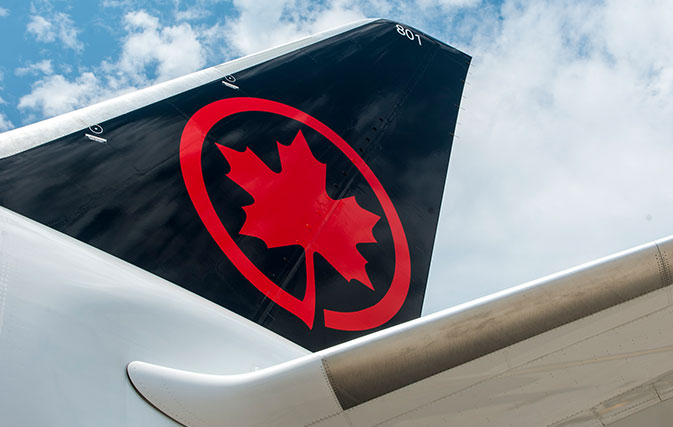MONTREAL — Air Canada is gearing up for a new phase of international growth as it prepares to welcome the Airbus A321XLR to its fleet in 2026.
The aircraft, which offers extended range and improved fuel efficiency, will enable the airline to open new markets and strengthen existing routes that were previously beyond the reach of narrowbody aircraft.
The A321XLR is expected to enter full commercial service by summer 2026 following initial testing and certification in the early months of the year. According to Alexandre Lefevre, Vice President of Network Planning – North America and Scheduling at Air Canada, the aircraft’s arrival marks a major milestone in the airline’s growth strategy.
“Next year we going to finally get our hands on that new aircraft. And it’s going to open up a range of new possibilities, new routes, new markets for Air Canada. We’re really excited and it’s a big deal for us that will herald a new era of international growth for Air Canada,” he said.
INTERNATIONAL GROWTH
Last month, Travelweek spoke with Air Canada’s Mark Galardo, EVP & CCO and President, Cargo, who said the XLR will give the airline greater flexibility to pursue new opportunities in smaller international markets. “The XLR enables us to grow into routes and markets where wide-body aircraft would be too big.”
Air Canada’s first new route made possible by the A321XLR is Palma de Mallorca, a Spanish island in the Mediterranean, which will join the network in June 2026. The aircraft will also be deployed on flights from Montréal to Toulouse, Dublin and Edinburgh next summer.
Lefevre noted that the A321XLR offers flexibility and efficiency for opening new markets while maintaining profitability. “When you look at opening new routes, you need to look at the economics. When you’ve got a tool like the A321XLR that’s completely different from the tools you’ve got in your toolbox today, that opens up new markets that today you cannot viably and profitably open,” he said.
While the aircraft will replace some older models, Air Canada plans to use the A321XLR primarily to drive international growth. Its size and range allow the airline to maintain year-round service on routes that may not support larger aircraft during off-peak seasons.
“For us, the A321XLR is not a single trick aircraft. It’s a very versatile machine that can go international, but it can also operate a domestic transcontinental route. So, you’re going to have this experience of lie-flat seats on a narrowbody between Toronto, Montreal and the west coast of Canada, for example,” Lefevre added.
ON BOARD FEATURES
In addition to expanding Air Canada’s network, the A321XLR will feature a new cabin design with modern amenities and larger overhead XL bins for faster boarding and turnaround times. Lefevre said these improvements will enhance operational efficiency and improve the overall passenger experience.
“This also allows us to be more efficient by having faster turnaround times and getting the aircraft back in the air, because it’s meant to fly, not to be on the ground. A faster, more efficient boarding process will improve the customer experience and ensure on-time departures.”
The A321XLR will also serve as the launch platform for several new design and comfort features that will be rolled out across Air Canada’s fleet in the coming years, signalling a refreshed in-flight experience for both domestic and international travellers.

